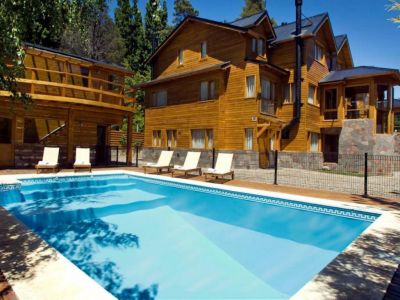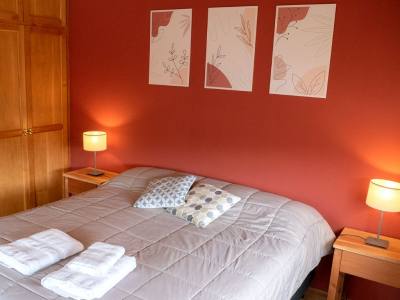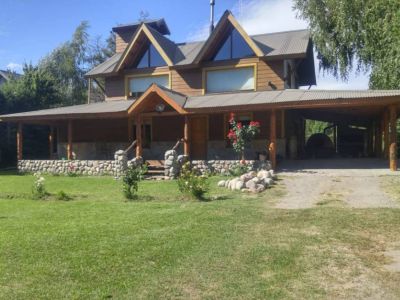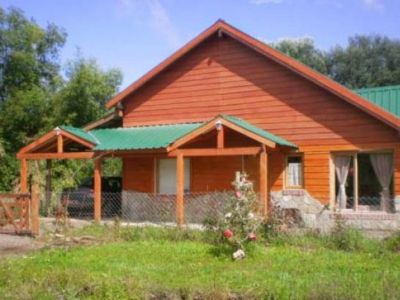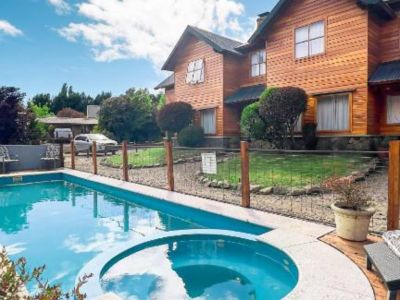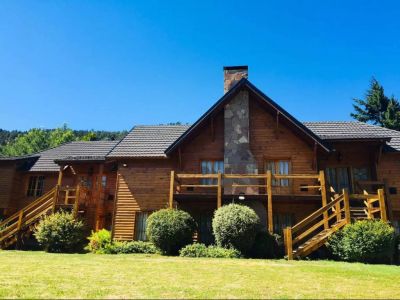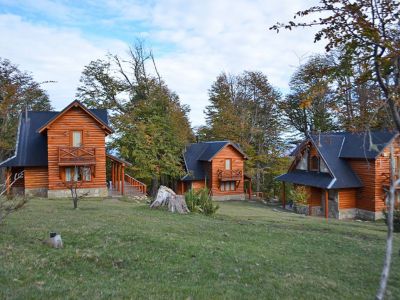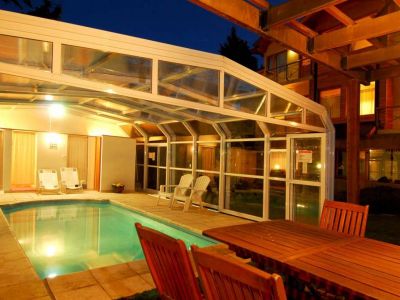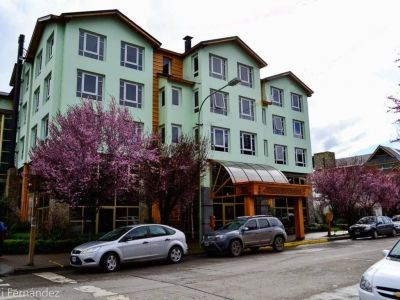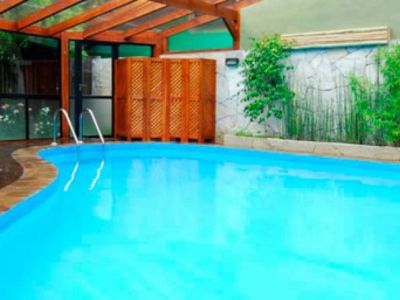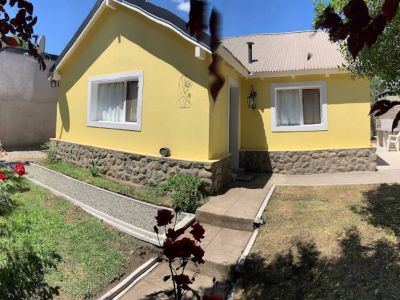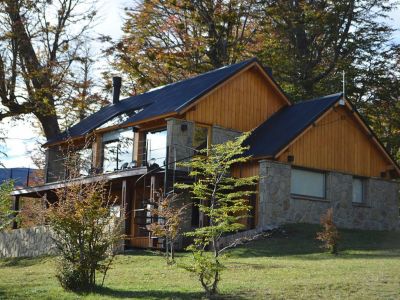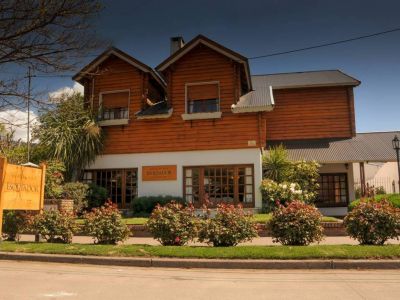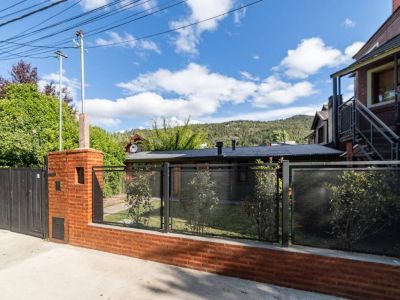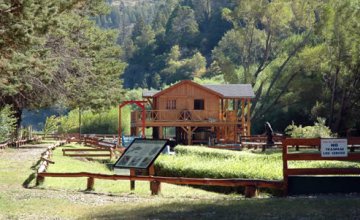We rose very early in the morning and were picked up at the inn to go on a tour around Lakes Huechulafquen and Paimún, inside the territory of Lanín National Park. As we took National Route 234, and in spite of being summertime, the cold morning temperature was harsh on our skins. We traveled 40 kilometers to reach the Argentinian capital of trout: Junín de los Andes. We made a stop at the main square to visit the Handicrafts Market, where the members of the Mapuche community display and sell their work. Shortly afterwards, we visited the parish church called 'Our Lady of the Snow'. A modern building, it features simple ornamentation with pure lines. It was specially designed to integrate Christian faith and the Mapuche beliefs. The large transparent windows let the light in and offer a special kind of warmth. The guided tour let us understand the sense of such mixture. Besides, worship is paid to blessed Laura Vicuña, who lived in the city and died at the age of 13.
A Tour around Lakes Huechulafquen and Paimún
We left the city behind and went back to National Route 234 up to its intersection with gravel Provincial Route 61, which runs parallel to the Chimehuín River. We were heading west, towards the Chilean border.
A few kilometers ahead, we came across the C.E.A.N (Centro de Ecología Aplicada del Neuquén), which stands for 'Neuquén's Applied Ecology Center'. Research works on vegetable species and the relation between native and introduced animals are carried out at this venue.
A short tour around the facilities let us observe how fry become trout in the large pools as a result of a task that lets the population of salmonidae in regional rivers and lakes remain stable.
Mónica Pons
Eduardo Epifanio
Contact of the excursion or tour
Catamarán José Julián
Av. San Martín 881 Loc.6, San Martín de los Andes, Neuquén, Agentina
Cell phone: +54 2944-317402
Any inquiry are available.






